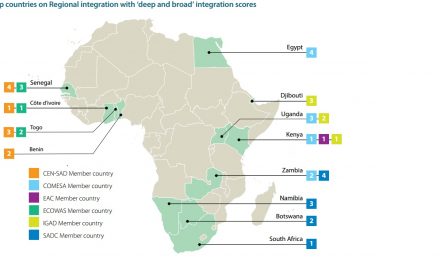
Water requires N$24 billion to prevent another crisis
The City of Windhoek and the Namibia Water Corporation will require large sums of money to ensure a constant supply of water to the central areas comprising Okahandja and Windhoek . This week it was stated between N$10 billion and N$20 billion will be required for the augmentation of water in the central area while Windhoek alone will require N$1 billion for the development of extraction points from the aquifers in the northern and southern sections of the city.
This was revealed by engineers from the City of Windhoek and the Namibia Water Corporation at a Namibia Trade Forum discussion held this week. The City of Windhoek will require upwards of a billion dollars to address the shortcomings of its water infrastructure and has indicated that the development of an aquifer remains a critical project as well as the upgrading of the Gammams Reclamation Plant, which is estimated to cost upwards of half a billion Dollars. All in all, N$24 billion will be required to improve the water infrastructure over a period of 35 years, it was indicated at the conference.
N$710 million will be required to develop the Windhoek aquifer while there will also be a need to upgrade the existing Gammams Water Works, estimated to set the City of Windhoek back approximately N$500 million.
On the side of Namwater, N$50 million alone would be required to improve the water quality of the Swakoppoort dam
City of Windhoek engineer Pierre van Rensburg this week urged the central government to establish an emergency fund to help mitigate the impact of the water crisis. Speaking on the issue, van Rensburg is of the opinion that the City of Windhoek should have started work on the aquifer by last year this time already, signifying the importance of the aquifer to Windhoek’s water supply.
Shooting straight from the hip, van Rensburg said, “we took a leap and spent money we do not have,” making reference to drilling activities currently underway in the city. “We started in June last year. With the best effort, we can not make up for the shortfall.” Van Rensburg’s team is currently looking at optimising the extraction of water from the aquifer, which will account for 19% of the city’s water needs when Namwater ceases to supply the capital.
Jokingly, van Rensburg added that he would have to explain why he needed to spend the large amounts of money if the central areas receives good rainfall in the upcoming rain season.
Speaking on the same occasion was Namwater engineer, Willem Venter who stated that approximately N$10 billion would be required for the augmentation of water in the central areas. He said the money is required urgently. According to Venter, Namwater had lined up projects that would ensure water supply in the central areas of the country but stated that there was no money available for the implementation of these projects. Said Venter, “the plans are already in place, put the Dollar on the table.”
Both agreed that neither Namwater nor the City of Windhoek should put up the investment required and argued that the responsibility should be taken up by the government.
A report prepared by Lund Consulting Engineers has looked at two possibilities, one of which is the extraction of water from the Okavango River while the second option looked at making use of desalinated water. The study also indicated that there is no suitable water resource that could be constructed in the central areas. According to van Rensburg, technically desalination is the most attractive option. Stated van Rensburg, “there is no source that can compare with desalination.”
When the Economist visited the Erongo Desalination Plant last week, it spoke to Aveng’s General Manager for Africa, Suzie Nkambule briefly. Nkambule was of the opinion that desalinated water could be supplied to the central areas efficiently and drew parallels with the Lesotho Highlands Water Project. “Said Nkambule, “Looking at the Lesotho Highlands Project, water can be sourced from the coast. We have done the studies and found that it is viable. The problem with Namibia is that there is no Public Private Partnership in place and even if we do present an unsolicited project to the government, there is no indication that it will be implemented.”











































